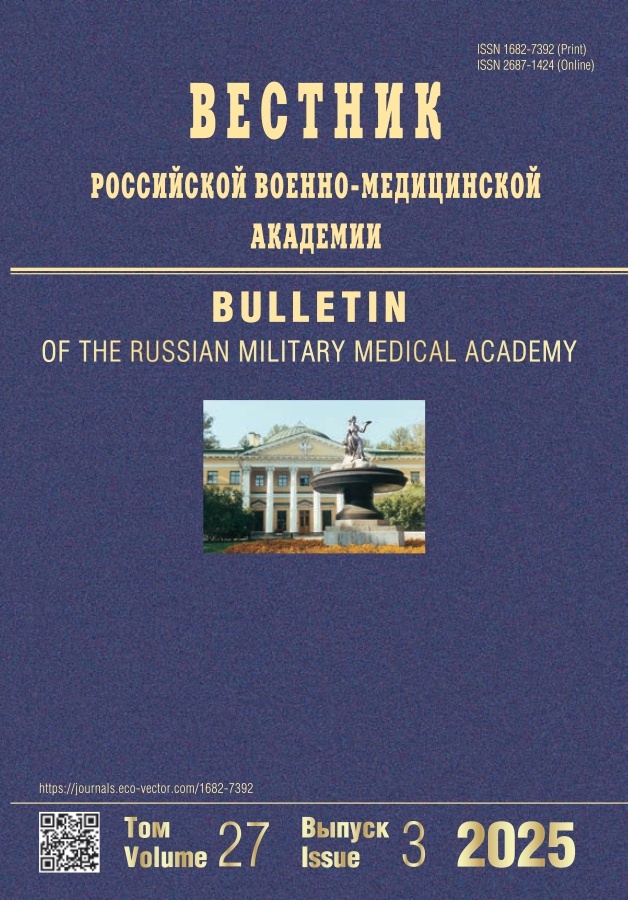To the 140th anniversary of the legendary Professor of surgery V.F. Voyno-Yasenetsky (Archbishop Luka)
- Authors: Morgoshiya TS.1, Apchel VY.2,3
-
Affiliations:
- Санкт-Петербургский государственный педиатрический медицинский университет
- Российский государственный педагогический университет им. А.И. Герцена
- Военно-медицинская академия им. С.М. Кирова
- Issue: Vol 20, No 1 (2018)
- Pages: 257-260
- Section: Articles
- URL: https://journals.rcsi.science/1682-7392/article/view/12364
- DOI: https://doi.org/10.17816/brmma12364
- ID: 12364
Cite item
Full Text
Abstract
Full Text
##article.viewOnOriginalSite##About the authors
T Sh Morgoshiya
Санкт-Петербургский государственный педиатрический медицинский университет
Email: temom1972@mail.ru
Санкт-Петербург
V Ya Apchel
Российский государственный педагогический университет им. А.И. Герцена; Военно-медицинская академия им. С.М. КироваСанкт-Петербург
References
- Дух, душа и тело / Лука (Войно-Ясенецкий), архиеп. - Киев: Св.-Троицкий Ионинский монастырь, 2015. - 180 с.
- Мирский, М.Б. Хирургия от древности до современности. Очерки истории / М.Б. Мирский. - М.: Наука, 2000. - 798 с.
- Околов, В.Л. В.Ф. Войно-Ясенецкий (к 10-летию со дня смерти) / В.Л. Околов // Клиническая хирургия. - 1971. - № 7. - с. 87.
- Поляков, В.С. Валентин Феликсович Войно-Ясенецкий (к 80-летию со дня рождения) / В.С. Поляков // Хирургия. - 1957. - № 8. - С. 127.
- Поповский, М.А. Жизнь и житие святителя Луки Войно-Ясе- нецкого, архиепископа и хирурга // «Сатисъ Держава» / М.А. Поповский. - СПб., 2005. - 528 с.
- Струков, Д.В. Актуальные проблемы сепсиса и септического шока / Д.В. Струков, Ю.С. Александрович, А.Г. Васильев // Педиатр. - 2014. - Т. V, № 2. - С. 81-87.
Supplementary files







